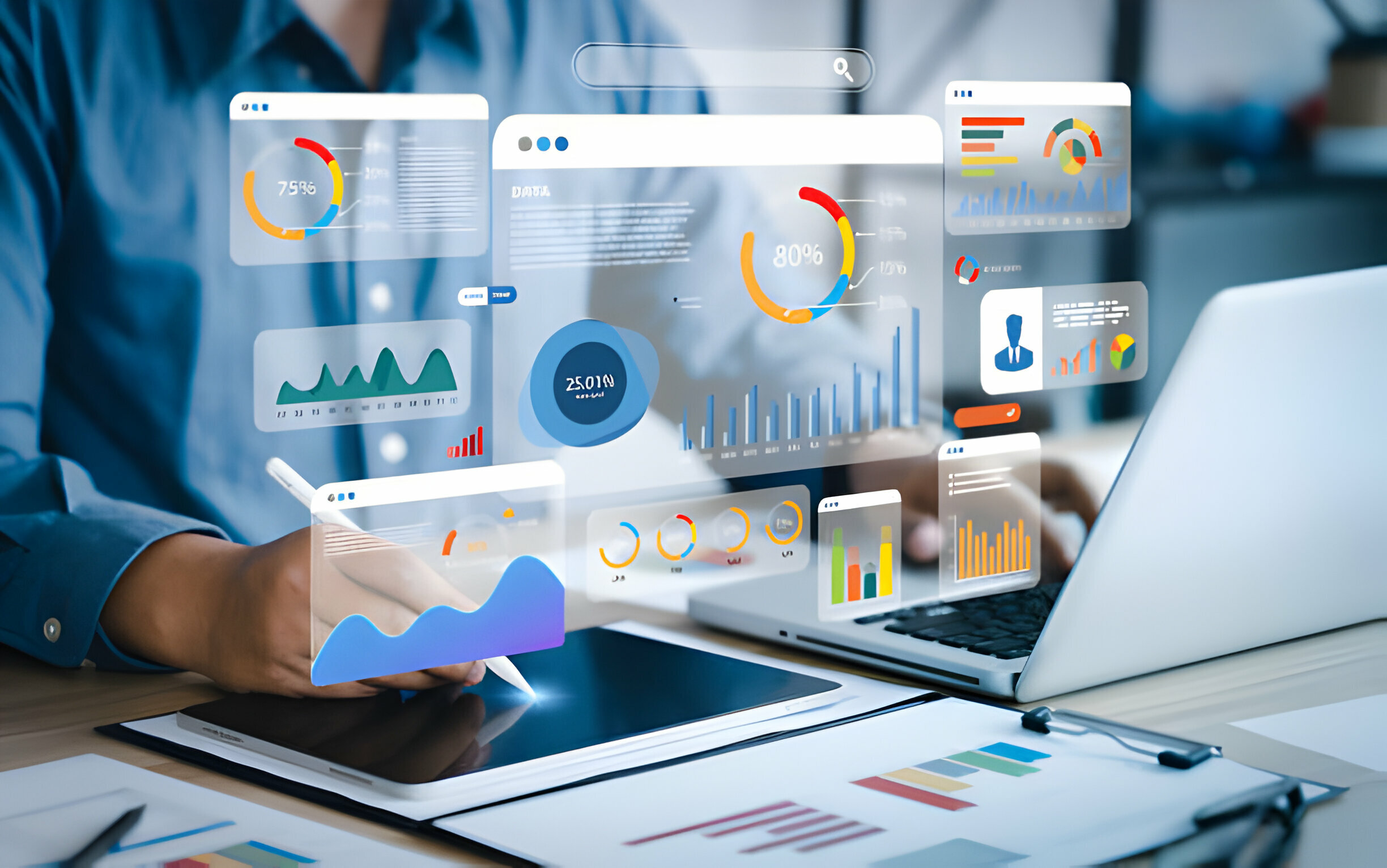Introduction
The needs of today’s employees are not limited to competitive compensation packages anymore. It is now essential for companies to provide flexibility and create a work environment where they feel valued and respected.
This approach has affected how the modern workforce needs to be managed for them to unleash their highest potential, leading to extensive innovation in HR tech.
In this blog we will talk about how data and analytics together are working towards revolutionizing the future workforce management.
Data and Analytics in HR
Data and analytics are two technological aids that are helping human resource management transition from the administrative to the strategic role. Data and analytics are now the driving forces behind all major people and business decisions. HR analytics, people analytics and workforce analytics as products of data analysis have now become an integral part of workforce management.
HR Analytics Vs People Analytics Vs Workforce Analytics
1. HR Analytics:
- Understand impact of HR operations & process
- Improve HR practices
2. People Analytics:
- Identify predictive patterns in employee behavior & performance
- Improve employee-related business outcomes
3. Workforce Analytics:
- Monitor work processes
- Streamline organizational workflows
These three types of analytics are helping HRs and managers to make decisions pertaining to the varied aspects of everyday operations including recruitment, performance, engagement etc. Data and analytics are helping managers to distinguish between hearsay and evidence backed reality.
Just imagine being able to predict the high performing employees of the quarter? Think if this could be done through identification of trends and patterns from the HR data that your HRMS collects? Would you not use it to make sure that your top talents stay with you for the long game? This is what we now know as predictive analytics!
Using historical data to predict what might show up at your door in future empowers you to prepare in advance. It opens the window of opportunity where you can chalk out a mitigation plan long before you fall into the pit.
It would be wrong to say that HRs and managers are the only set of people who benefit from HR data and analytics. The ability of HRMS software to transform data into automated analytics reports enables employees to stay informed about their productivity, performance and how their everyday work contributed to the fulfilment of organizational goals.
Data and analytics help to establish correlations between components so you know how a new HR policy or process might affect your employees, their productivity and performance and thereby the overall business.
In the next section we will discuss how data and analytics can be leveraged by HRs for a future forward business and workforce.
Data and Analytics Across HR Functions and Processes
Robust HCM platforms like that of Akrivia HCM automatically gather, process, and analyze data for you and your employees to make data driven decisions in all major aspects of human resource management.
In this section we will talk about 5 operations which are being driven by HR data and analytics.
1. Recruitment
- By analyzing historical data, HRs can identify the channels which have previously helped them to secure the top and high performing talents, thereby saving time and effort.
- Data analytics can also identify the qualities and traits of successful employees based on which it can help find the best fit for new job roles.
- It can help track DEI metrics that can help HRs provide equal opportunities to candidates and follow a bias free hiring process.
2. Employee Retention
- HRs can use data analytics to evaluate factors like performance, attendance, etc., which can help predict employees who might be on the verge of leaving allowing them to take needful action for retention.
- HRMS helps employees keep track of their projects and productivity, creating a sense of ownership and purpose for the work they do, thus improving retention rates.
- By analyzing employee data, HRMS can create a list of traits that are typical of employees who leave. This can allow you to build a fruitful retention plan.
3. Learning and Development
- Data analytics can identify the skill gap in individual employees to enable you to plan effective learning programs for employees.
- HRMS can create tailored learning and development programs for individual employees to ensure higher productivity and performance.
- Data analytics can successfully help track the effectiveness of training programs undergone by employees by comparing pre and post training performances.
4. Employee Engagement
- Workplace analytics can help HRs to track the engagement levels among their employees.
- It provides essential insights related to employee sentiments and their productivity levels.
- Allows HRs to evaluate the success rates of the previously implemented engagement plans and measures.
5. Succession Planning
- Using historical data, predictive analytics can identify the high performing individuals who are capable enough to step up and take up new leadership roles.
- Allows HRs to streamline the internal mobility process, saving time and money.
Conclusion
Going beyond the traditional form of HR practice is now necessary for HRs. Using people analytics or alternatively predictive analytics has now become a standard practice for HRs. Workforce analytics helps to monitor overall business performance allowing you to identify the collective strengths and weaknesses persisting in the organization. Insights from HR data can help in the improvement of the existing operations and process followed by you and your managers.
Staying relevant in today’s market is a necessity and to do so, you need a reliable, productive, and engaged workforce. Data and analytics play the key role in ensuring that your HR processes are optimized enough for you to achieve your overarching business goals. With a system like Akrivia HCM, data management and decision making can become a piece of cake for you.




